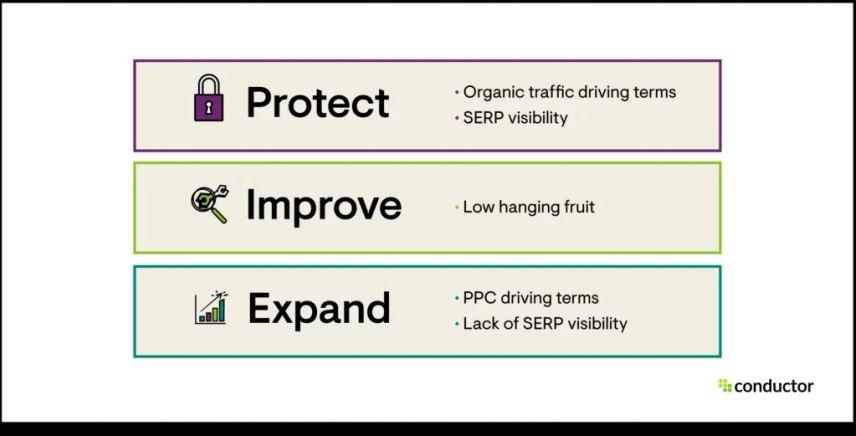Optimizing Your Data Interpretation With Second Measurement in Google Analytics for Informed Decision-Making
In the realm of electronic analytics, the ability to extract significant insights from information is critical for making notified choices that drive company success. Google Analytics, an effective tool in the hands of electronic online marketers and experts, provides a function referred to as Secondary Dimension. This often-underutilized function has the possible to discover a wealth of info that can give a much deeper understanding of customer behavior and site efficiency. By taking advantage of the capabilities of Additional Measurement, individuals can acquire a more thorough view of their data, allowing them to make critical choices based upon a more in-depth and nuanced analysis.
Comprehending Additional Measurement Functionality
Comprehending the secondary measurement capability in Google Analytics improves the deepness of information analysis by giving additional context to primary metrics. By including an additional measurement, analysts can segment and contrast data, getting understandings that would or else stay surprise. This attribute enables users to view information via different lenses, such as the resource of website traffic, individual habits, or geographic location, offering a more detailed understanding of internet site performance.
When looking entirely at primary metrics,Making use of secondary measurements can reveal patterns and correlations that may not be evident. Combining the primary metric of page sights with an additional measurement like gadget group can discover whether particular devices drive even more website traffic to specific pages. This details can after that educate site optimization approaches tailored to different device customers.
Applying Second Measurement in Reports
Structure upon the understandings gotten through second measurement analysis, incorporating these measurements properly right into records in Google Analytics is critical for extracting actionable data-driven choices. what is a secondary dimension in google analytics. By applying secondary dimensions in reports, customers can dive much deeper right into the performance metrics of their internet site or application. This attribute permits a much more comprehensive analysis by providing additional context to the primary measurement picked
To apply a second measurement in records, just browse to the preferred report in Google Analytics and click on the "Secondary dimension" tab situated over the data table. From there, individuals can pick from a vast array of secondary dimensions such as 'Source/Medium', 'Device Category', or 'Landing Web page'. Selecting one of the most relevant second dimension will certainly rely on the details understandings you are seeking to discover.
Using additional dimensions in records not just boosts the deepness of analysis however also help in recognizing trends, patterns, and relationships that might have or else gone undetected. This tactical strategy to data analysis allows companies to make informed decisions that drive growth and success.

Analyzing Data With Secondary Measurements
Upon integrating additional dimensions into data analysis within Google Analytics, an in-depth assessment of crucial efficiency signs can be achieved, providing important understandings for strategic decision-making. By using second dimensions, experts can additionally explore their main data measurements, such as website traffic resources or user demographics, to uncover patterns or fads that may not be instantly noticeable. This deeper degree of analysis permits for an extra detailed understanding of customer behavior and interactions on a site or digital platform.
Analyzing data with secondary measurements enables marketing experts and website owners to respond to even more particular questions concerning their audience, content efficiency, and advertising and marketing initiatives. For example, by incorporating the primary dimension of traffic resources with an additional measurement like geographical area, services can recognize which areas drive the most important website traffic to their website. This kind of granular understanding can notify marketing approaches, web content creation, and website optimization efforts to much better accommodate the needs and choices of their target audience.
Leveraging Secondary Dimensions for Insights
By integrating additional measurements effectively, analysts can draw out much deeper insights from data collections in Google Analytics, enhancing the understanding of individual habits and performance metrics. Leveraging second measurements entails integrating different qualities or metrics with main information to reveal patterns and patterns that may not be noticeable initially look. By including an additional dimension such as 'Gadget Category' to a record on website traffic, experts can discern whether individual behavior varies throughout have a peek at this site various gadgets like desktops, mobile phones, or tablet computers.
Furthermore, making use of secondary dimensions permits analysts to section information more granularly, enabling them to determine specific target market sectors or geographical areas that exhibit distinctive habits. what is a secondary dimension in google analytics. This division can be critical in customizing marketing techniques, maximizing web site material, or enhancing user experience based on the unique characteristics of each section
Basically, leveraging second measurements in Google Analytics encourages experts to delve much deeper right into data, derive purposeful insights, and make educated decisions that drive service growth and success.
Enhancing Decision-Making Through Additional Measurements
Making use of secondary dimensions in data evaluation provides a calculated benefit by revealing workable insights that drive educated decision-making in Google Analytics. By boosting decision-making via secondary dimensions, users can dive much deeper right into their data to extract valuable details that might not be instantly obvious. These extra dimensions offer an even more comprehensive view of user habits, interactions, and outcomes, enabling experts to make even more informed decisions based on concrete information.
Via the usage of second measurements, experts can sector and filter information to determine patterns, trends, original site and correlations that may affect decision-making procedures. This enhanced level of granularity permits an extra targeted approach to assessing data, resulting in more accurate and informative verdicts.
Moreover, second measurements provide the possibility to contrast different information points side by side, promoting a much more detailed analysis of efficiency metrics and KPIs. By leveraging additional dimensions successfully, companies can maximize their methods, boost individual experiences, and inevitably accomplish their objectives with self-confidence.
Final Thought

Building upon the insights gotten via additional dimension evaluation, incorporating these measurements efficiently right into records in Google Analytics is critical for removing actionable data-driven choices.To apply an additional measurement in records, just navigate to the preferred report in Google Analytics and click on the "Secondary dimension" tab located above the data visit this page table. By using second measurements, experts can further explore their main data dimensions, such as web traffic resources or user demographics, to reveal patterns or patterns that might not be instantly obvious. By combining the key dimension of web traffic sources with an additional measurement like geographical place, businesses can recognize which areas drive the most important web traffic to their website.By including secondary dimensions successfully, analysts can remove deeper insights from information collections in Google Analytics, enhancing the understanding of user actions and efficiency metrics.